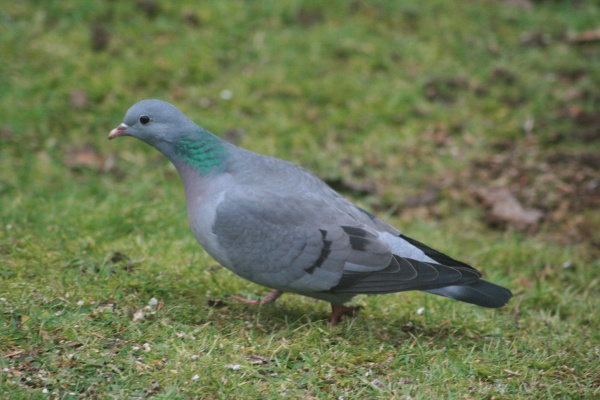Facts About Stock dove
The stock dove, an enchanting bird from the Columbidae family, can be found across the western Palearctic region. First described by the eminent Carl Linnaeus in 1758, this bird is scientifically known as Columba oenas and belongs to the genus Columba. There are two recognized subspecies of the stock dove.
In terms of appearance, the stock dove is less gray compared to other European pigeons, showcasing distinctive features that set it apart from its relatives. This bird is quite sociable and is often seen mingling with wood pigeons. Its call is a distinctive, short, deep "grunting" sound.
Ecologically, the stock dove is the rarest of the wild European pigeons, but it remains common in suitable habitats. It prefers to nest in tree holes and thrives in open countryside settings. Known for its swift flight, the stock dove's movements are characterized by regular beats.
The stock dove's diet mainly consists of plant material, including young shoots, seedlings, grains, insects, and snails. During migration, it may also feed on acorns and pine seeds. The name "stock dove" comes from the Old English word "stocc" which means "stump, post, stake, tree trunk, log" highlighting the bird's fondness for nesting in hollow trees.
The genus name Columba means "pigeon, dove" in Latin, with its roots in the Ancient Greek word kolumbos, meaning "a diver" which refers to the bird's graceful, swimming-like motion in the air. The stock dove is protected under Schedule 2 of the Birds Directive and Annex III of the Berne Convention. During winter, France hosts a population of 100,000 to 200,000 of these birds.

 Iran
Iran